Baby’s meal is a key factor in his development and it is above all a privileged moment of relaxation and complicity which is renewed between 6 and 8 times a day during the first month.
The choice of bottle and teat is therefore essential. Glass or plastic bottle? Silicone or rubber teat? What are the essential accessories? Myhealthmyskin and your consulting pharmacist help you choose what is best for your baby.
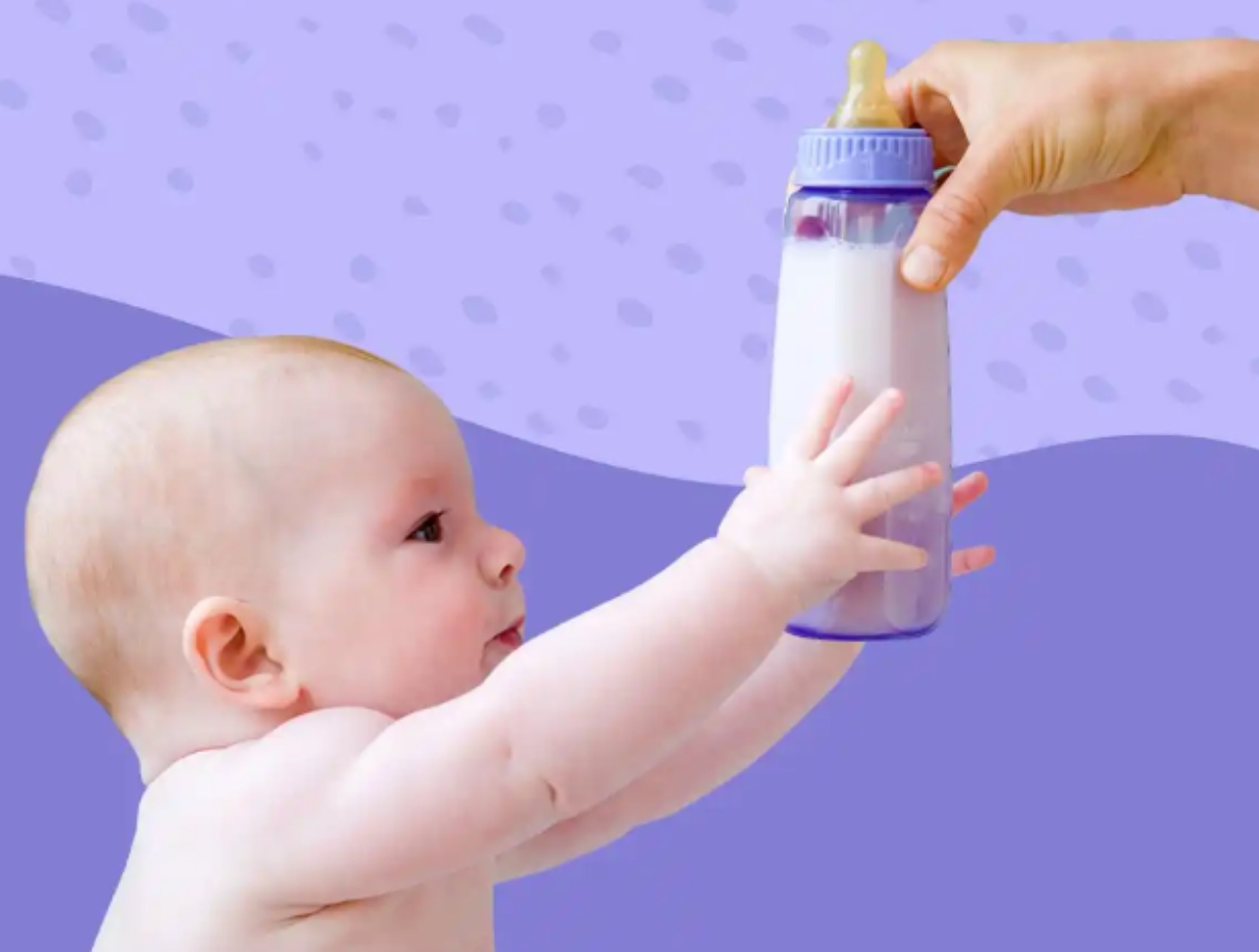
[lwptoc]
Baby Bottles: How To Choose Them?
During the first weeks of his life, baby will need to be fed every 3 or 4 hours, so as with baby diapers, the choice of a bottle is not made lightly and, given the sea choice offered on the market, it is better to have a few points of reference so that buying a bottle does not quickly become a headache!
In any case, whatever the time when you adopt the bottle (just after birth or after a few months of breastfeeding), choose a practical model, easy to clean but above all adapted to the baby’s age: material, teat and capacity.
Baby Bottles: Glass Or Plastic?
Glass bottles are reminiscent of the bottles of our parents and grandparents and the real advantage of the glass bottle is that it is natural. Indeed, the glass made from sand does not contain any toxic product.
Solid, glass withstands sterilization very well, which is always recommended for premature babies. It resists time and no stains or food odors are to be feared.
The major drawback of the glass bottle is that it breaks, which can be dangerous when your little one starts to take the initiative. And hop the bottle on the floor!
The other solution is the plastic bottle which no longer contains bisphenol A, a toxic and dangerous product for the baby suspected of migrating into the milk given to the baby and of being an endocrine disruptor. This molecule is now replaced by bisphenol.
The plastic bottle has one main advantage: it is unbreakable, which avoids panic in the event of a fall.
Another advantage: it is light and therefore allows better maneuverability, especially when baby begins to take his bottle alone. However, the plastic bottle can quickly tarnish in the wash.
Baby Bottles: What Capacity?
The capacity of the bottles depends of course on the age of the baby and it can vary from 30 ml to more than 300 ml for the biggest and most gluttonous children.
Small bottles of 75 or 150 ml will be suitable for baby’s first weeks and their graduations every 10 ml will make it very easy to observe the quantity of milk to be prepared, especially the quantity of milk that baby has drunk.
Then it is bottles graduated every 30 ml and up to a large capacity of 360 ml that can be used.
What Shape Of Bottle?
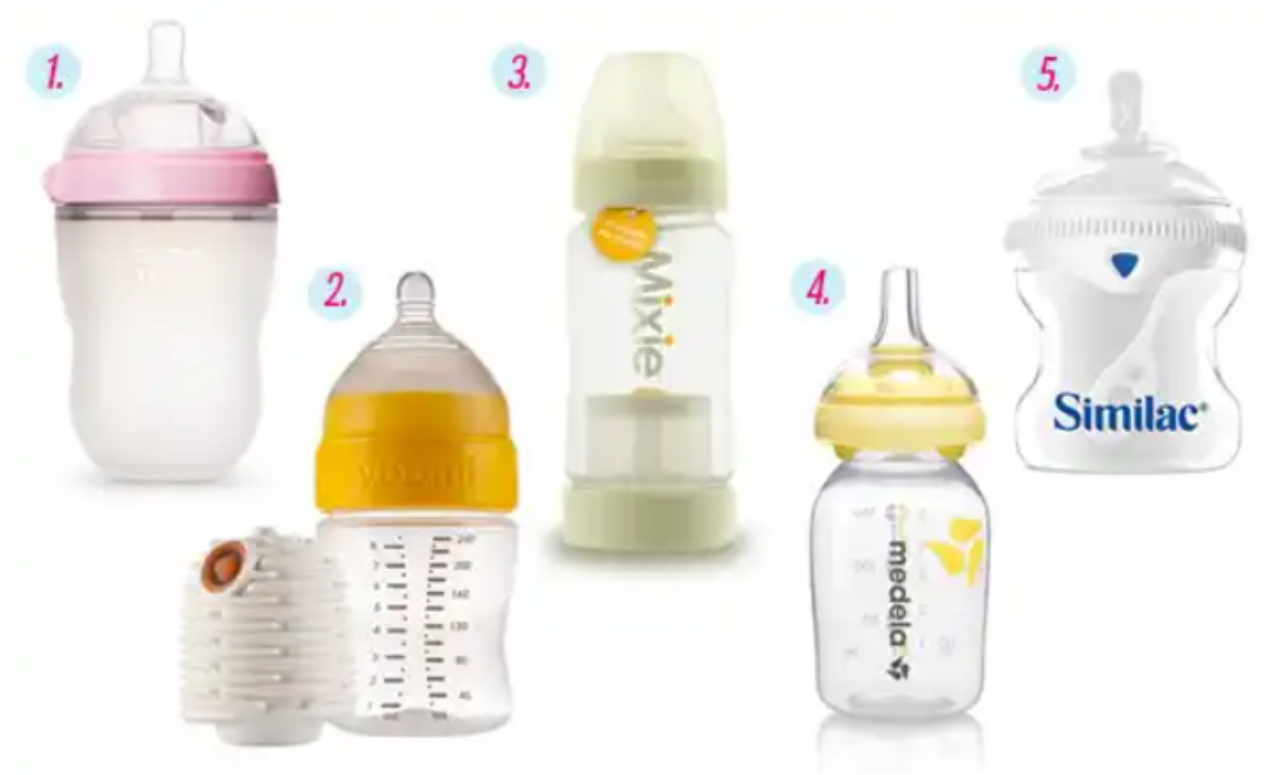
The Classic Bottle
This is the cylindrical bottle (the one offered by maternities). It washes easily with a brush and remains very handy.
If you choose it with a wide neck, this task will be facilitated (just like the preparation of the bottle).
Some of them are triangular and this specific shape prevents them from rolling on the ground once they have fallen.
The Angled Bottle
The angled bottles have a 3o° inclination which allows them to keep the teat always full.
Thus, the baby has less risk of swallowing air, the main cause of regurgitation and colic in infants.
Some models are equipped with an anti-colic valve at the level of the teat, which regulates the entry of air during sucking and thus respects the rhythm of the baby’s feeding.
Disadvantage of this type of bottle: cleaning, which can be less practical to carry out.
The Ergonomic Bottle
Their shape is often fun and makes them easier to handle for the growing baby.
Some bottles have handles so that the child can take it in his hands and enjoy his bottle like a grown-up. Like its comrades with atypical shapes, it is not always easy to clean.
Pacifiers: How To Choose Them?
Some teats do not fit all bottles. It is therefore a question of verifying that the bottle, the clamping ring and the teat are of the same brand or compatible. Prefer pharmacy teats because they have a CE logo guaranteeing their quality.
Depending On Flow Rate And Shape
The flow and the shape vary according to the brand, the age of the baby (at birth, 3 months, 6 months etc.) and the brand.
In each range, there are teats with several speeds and the choice of flow rate depends of course on age (slow, medium or fast flow) and the type of milk used.
Indeed, some milks are thicker and require specific teats.
Finally, a pacifier whose shape is similar to that of the breast facilitates the transition when weaning from breastfeeding.
Rubber Or Silicone?
The rubber teats, often brown, are more flexible than silicone ones which are transparent.
They are suitable for children who have difficulty breastfeeding.
Their disadvantage: a slight taste and smell that can surprise breastfed babies, especially if you have decided to sterilize them.
Transparent, the silicone teatshave no smell. They hold up well to washing and their transparency makes it possible to control the cleanliness and flow of milk. They are the most common today.
Depending On The Baby’s Breastfeeding
To gradually reduce breastfeeding or simply to allow mum to resume her professional life or to share a moment with dad, the breast pump allows you to replace breast feeding with bottle feeding containing mum’s milk.
Indeed, whether electric or manual, the draws milk makes it possible to make “reserves” of milk, which will be placed in the refrigerator and which will be available at any time.
During breastfeeding, the breast pads placed in the bra absorb excess milk, and can be disposable or washable.
From milk collection cups can also be used, as well as silicone nipple shields which will protect sore and / or irritated nipples during breastfeeding.
What Accessories Are Essential?
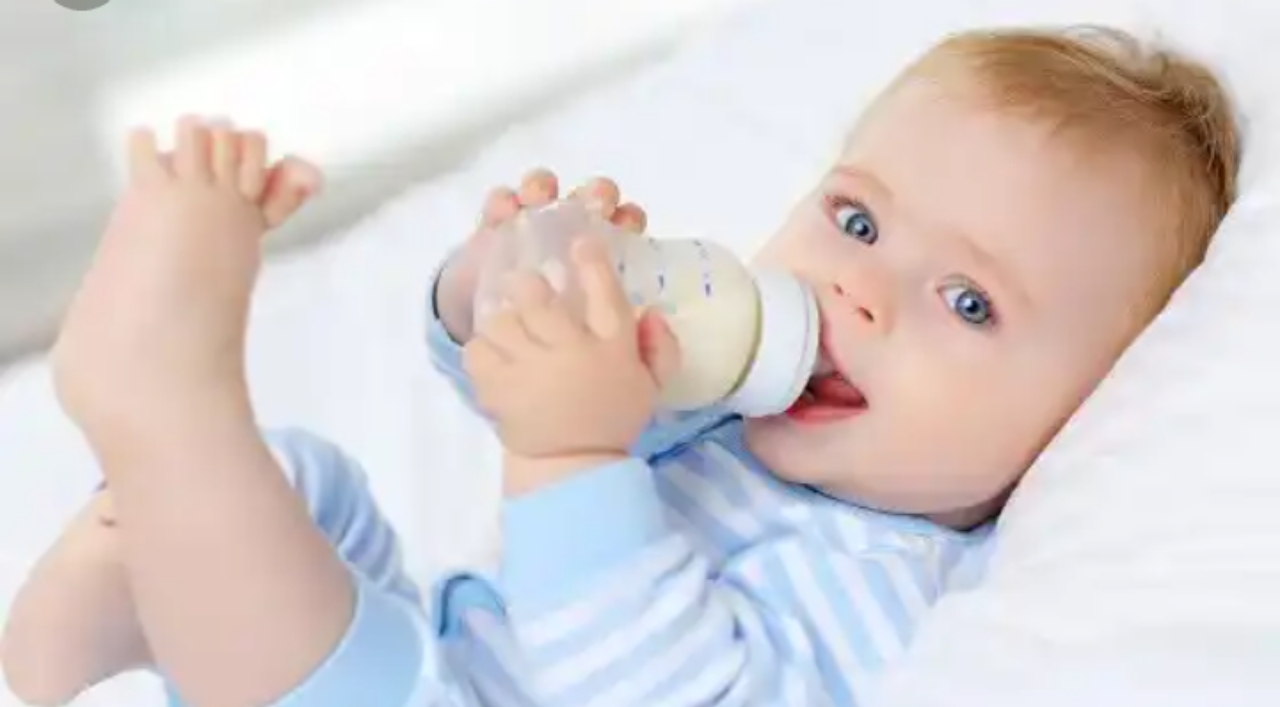
The Bottle Brush
This is the brush that allows you to perfectly clean the inside of bottles and teats to prevent the proliferation of bacteria which is often very rapid in unconsumed milk.
Indispensable cleaning accessory for bottles, some are adapted to particular shapes of bottles and in particular for angled bottles.
The dishwashing product can be used to clean the bottles because water alone is not enough, but provided that the bottle is thoroughly rinsed.
A Bottle Drainer
Once washed, bottles should be dried before being stored. For this, choosing a specific bottle drainer is a good thing rather than drying them with a cloth, which is responsible for potential bacterial contamination.
A Bottle Sterilizer
It kills bacteria most often with water vapor or by using sterilization tablets that deliver a disinfectant product.
However, the recommendations of the medical profession have changed over the past 20 years and sterilization is especially recommended for fragile babies: premature babies, low birth weight or with a pathology.
But sterilization can also reassure a worried young mother and there is no contraindication to sterilizing her bottles and doing what seems best to you for your baby.
The Bottle Warmer And The Dosing Box
The measuring box allows you to prepare in advance (but not more than 24 hours) the measures of powdered milk that will supplement the water to make a bottle.
This avoids carrying the big box of milk when traveling during the day. And then if baby doesn’t sleep through the night yet and it’s not always easy at night to have his eyes in front of the holes.
How To Prepare A Baby’s Bottle?
The method is always the same and valid for any milk that your child will take: 1 scoop (present in the box) for 30 ml of water. Fill the pod without packing the powder and without it being rounded.
The easiest way is to level it with the blade of a clean knife. Some baby milk laboratories have provided a device directly in the box. Never do this gesture with your hands and fingers for hygienic reasons.
Once the water and milk powder are in the bottle, screw the nipple back on and put the cap on before shaking vigorously.
Roll the bottle vigorously between your hands rather than up and down, this will avoid the formation of lumps in the teat which you would then have the greatest difficulty in getting rid of.
Bottle caps are mostly leak-proof to avoid small accidents during preparation.
Do not prepare the bottles in advance and do not keep an opened bottle for a next feed. To see more post on Children’s Health click here.
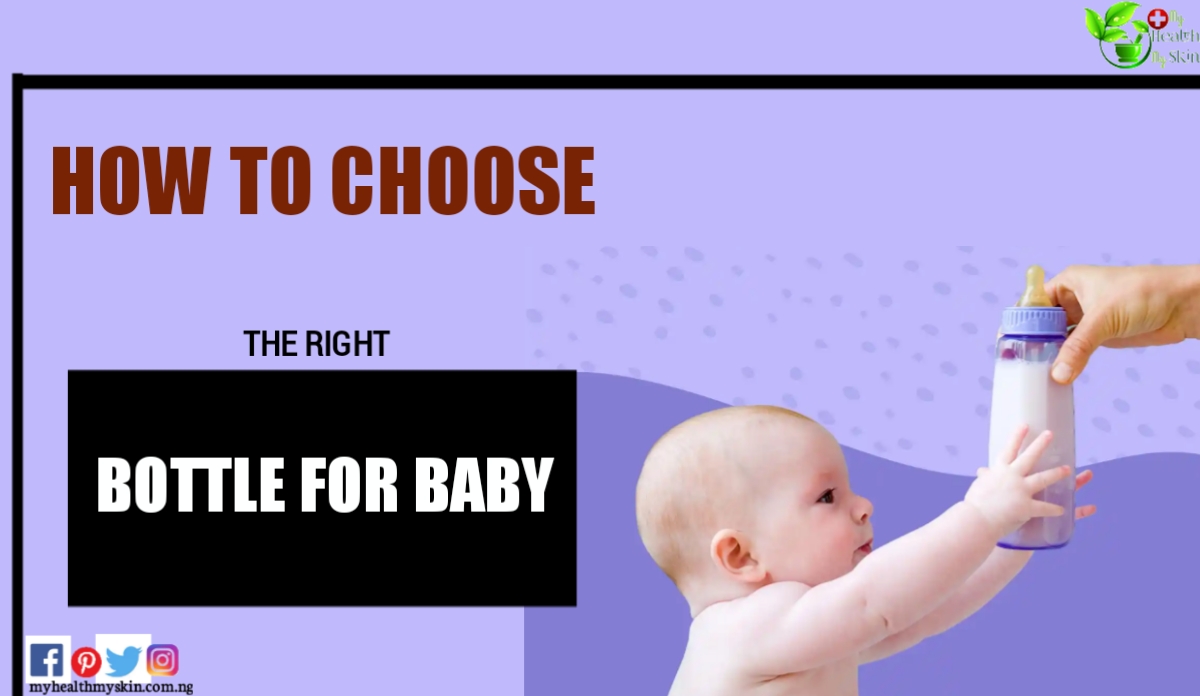
If You Find This Article On How To Choose The Right Bottle For Baby Helpful, Leave A Comment Below!


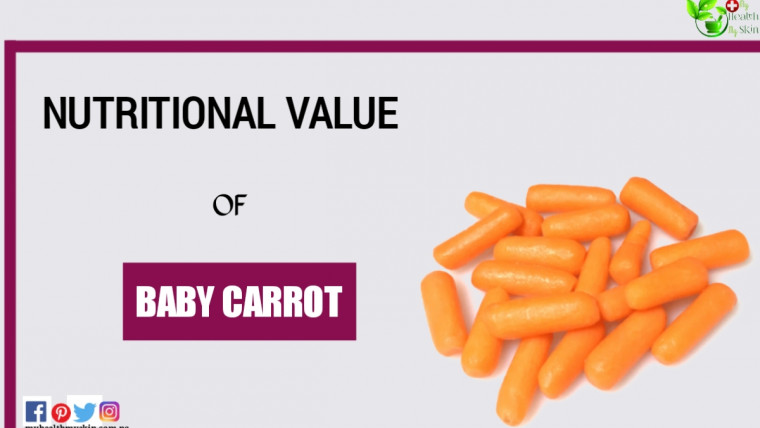
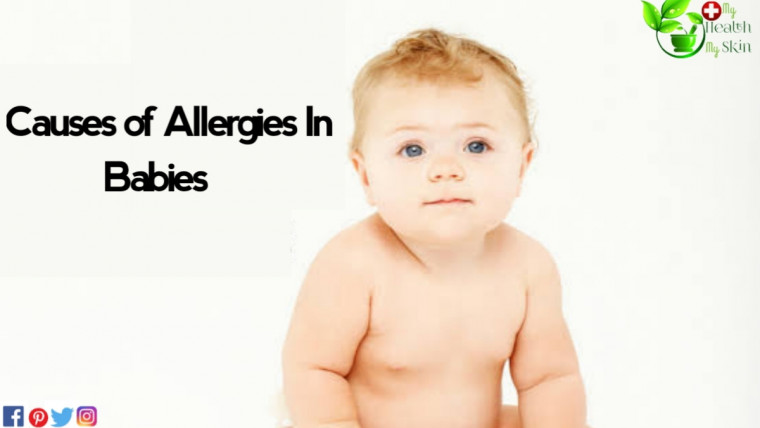
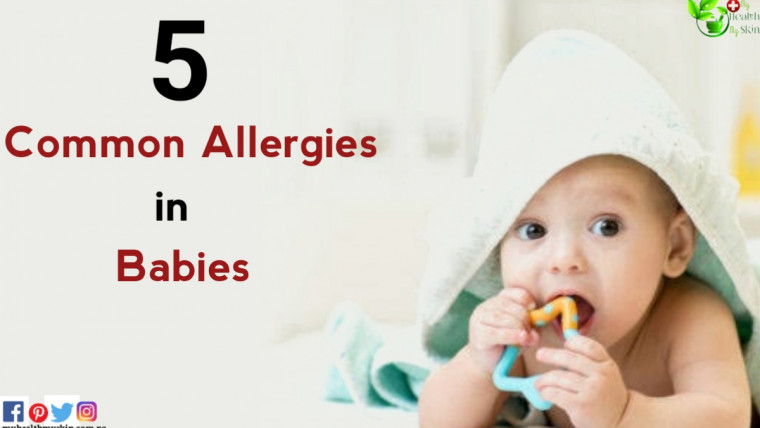
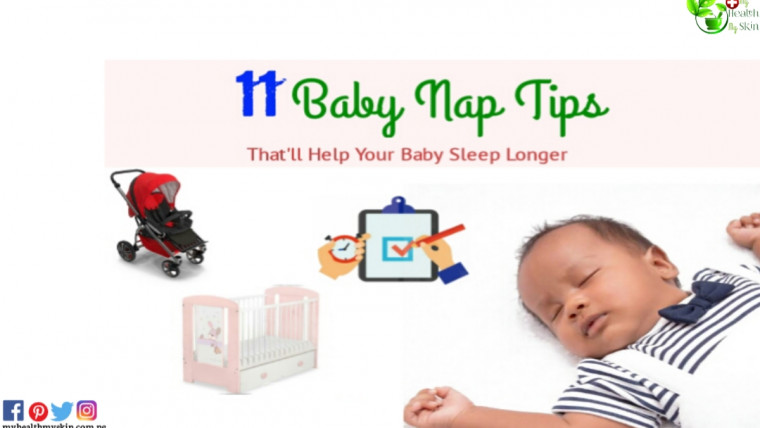
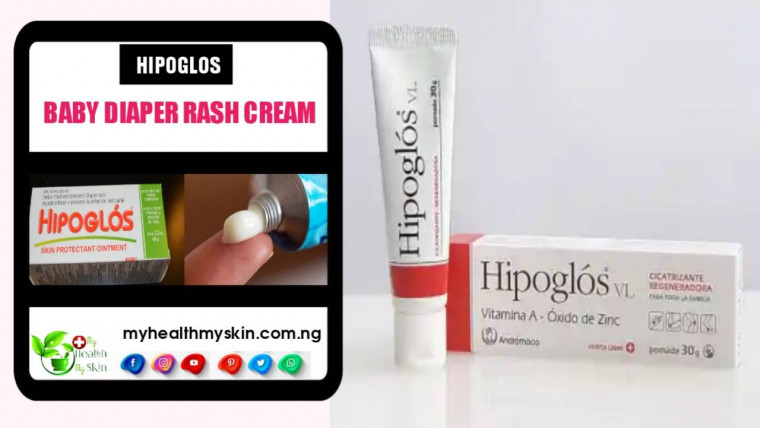
39 Surprising Health Benefits of Jinja herbal extract
6 Spiritual Benefits of Cloves | Clove Bath & How to Use
Yellow Discharge Without Smell: Should You Panic?
Pimple Like Bump On Clitoral Hood: 13 Causes And Treatment
Cambrian College Entrance Scholarship | Undergraduate Entrance Awards
Nursing Scholarship for Nigerian Students
Signs You’re Lacking in Vitamin D and How to Get More To Boost Your Immunity
Work in USA: Nursing Assistant Jobs with Visa Sponsorship